1. Plunger
If you find your kitchen sink clogged and backing up into the other side, one of the first things you can try is using a plunger. This tool is a staple in any household and can be found in most hardware stores. Simply place the plunger over the drain and push and pull several times to create suction. This can help loosen and remove any clogs that may be causing the backup. Make sure to use a plunger specifically designed for sinks, as a toilet plunger will not be as effective.
2. Drain Snake
If the plunger doesn't work, you may need to use a drain snake. This tool has a long, flexible wire with a small auger at the end. You can insert it into the drain and twist it to break up and remove any clogs. This method is especially useful for deep clogs that the plunger cannot reach. You can purchase a drain snake from most home improvement stores, or you can rent one if you don't want to invest in buying one.
3. Baking Soda and Vinegar
If you prefer a more natural approach, you can use a combination of baking soda and vinegar to unclog your kitchen sink. Start by pouring a cup of baking soda down the drain, followed by a cup of vinegar. Let it sit for about 15 minutes, then pour hot water down the drain to flush out any remaining debris. The chemical reaction between the baking soda and vinegar can help break down and dissolve clogs, making it an effective and environmentally-friendly solution.
4. Boiling Water
Another simple and natural way to unclog a kitchen sink is by using boiling water. This method is best for minor clogs caused by grease or food particles. Simply boil a large pot of water and carefully pour it down the drain in stages, giving it a few minutes to work in between each pour. The hot water can melt away stubborn grease and debris, allowing the water to flow freely again.
5. Plumber's Auger
If the clog is deep within the pipes or if the previous methods haven't worked, you may need to use a plumber's auger. This tool is similar to a drain snake, but it has a longer and thicker cable, making it more powerful. You can insert the auger into the drain and use the crank to push and twist it through the pipes, breaking up and removing any clogs. This method may require a bit more effort, but it can be very effective in unclogging a stubborn kitchen sink.
6. Hydro Jetting
For more severe clogs, you may need to use hydro jetting to unclog your kitchen sink. This method involves using high-pressure water to blast away any obstructions in the pipes. It is best done by a professional plumber, as they have the necessary equipment and expertise to safely and effectively perform this task. Hydro jetting is a powerful method that can clear even the toughest clogs, making it a popular choice for serious plumbing issues.
7. Enzyme Drain Cleaners
If you prefer chemical solutions, you can try using enzyme drain cleaners to unclog your kitchen sink. These cleaners contain natural enzymes that can break down and dissolve organic materials, such as food and grease, without damaging your pipes. They are also safe for the environment and can be used regularly to prevent clogs from forming. However, they may take longer to work than other methods, so be patient and follow the instructions on the packaging.
8. Wet/Dry Vacuum
If you have a wet/dry vacuum, you can use it to help remove clogs from your kitchen sink. Start by setting the vacuum to the wet setting and cover the vent to create a seal. Then, place the hose over the drain and turn on the vacuum. The suction from the vacuum can help pull out any debris causing the clog. This method may not work for all types of clogs, but it can be worth a try if you have the necessary equipment.
9. Dish Soap and Hot Water
Another simple and effective method for unclogging a kitchen sink is by using dish soap and hot water. Simply squirt a generous amount of dish soap down the drain, followed by hot water. The soap can help break down any grease or food particles, while the hot water can flush them away. This method is best for mild clogs and can be repeated regularly to prevent future clogs.
10. Call a Professional Plumber
If all else fails, it may be time to call a professional plumber to unclog your kitchen sink. They have the necessary tools and experience to quickly and effectively remove any clogs and get your sink back to working properly. They can also identify any underlying issues that may be causing the clogs and provide a long-term solution. While it may cost more than DIY methods, it can save you time and frustration in the long run.
Dealing with a clogged kitchen sink can be a frustrating experience, but with these 10 methods, you can effectively unclog your sink and get back to your daily routine. Remember to use caution and follow the instructions carefully when attempting any DIY methods, and don't hesitate to call a professional if needed. By keeping your sink clean and practicing proper maintenance, you can prevent clogs from occurring and keep your kitchen running smoothly.
The Importance of Proper Drainage in House Design

Preventing Clogged Drains and Backups
 When it comes to house design, there are many important factors to consider. One crucial aspect that often gets overlooked is proper drainage. A clogged kitchen sink is not only a nuisance, but it can also lead to more serious issues such as backups into other parts of the house.
Kitchen sinks are one of the most heavily used fixtures in a home, making them more prone to clogs.
From food scraps to grease and soap residue, there are many potential culprits that can cause a clog in your kitchen sink. When these materials build up in your pipes, they can create a blockage that prevents water from draining properly. This can lead to standing water in your sink and eventually backups into other sinks or even your dishwasher.
When it comes to house design, there are many important factors to consider. One crucial aspect that often gets overlooked is proper drainage. A clogged kitchen sink is not only a nuisance, but it can also lead to more serious issues such as backups into other parts of the house.
Kitchen sinks are one of the most heavily used fixtures in a home, making them more prone to clogs.
From food scraps to grease and soap residue, there are many potential culprits that can cause a clog in your kitchen sink. When these materials build up in your pipes, they can create a blockage that prevents water from draining properly. This can lead to standing water in your sink and eventually backups into other sinks or even your dishwasher.
Proper Drainage Design
 To avoid these issues, it is important to have a well-designed drainage system in your house. This starts with the placement of your sinks and pipes.
Having a slope in your pipes that allows for proper water flow is crucial in preventing clogs and backups.
Additionally, installing a garbage disposal and using drain covers can help catch larger debris and prevent it from getting into your pipes.
Another important aspect of proper drainage is regular maintenance.
Regularly cleaning out your drains and pipes can help prevent clogs from forming.
This can be done with simple household items such as baking soda and vinegar or with store-bought drain cleaners. However, it is important to note that harsh chemicals can damage your pipes over time, so it is best to use natural methods whenever possible.
To avoid these issues, it is important to have a well-designed drainage system in your house. This starts with the placement of your sinks and pipes.
Having a slope in your pipes that allows for proper water flow is crucial in preventing clogs and backups.
Additionally, installing a garbage disposal and using drain covers can help catch larger debris and prevent it from getting into your pipes.
Another important aspect of proper drainage is regular maintenance.
Regularly cleaning out your drains and pipes can help prevent clogs from forming.
This can be done with simple household items such as baking soda and vinegar or with store-bought drain cleaners. However, it is important to note that harsh chemicals can damage your pipes over time, so it is best to use natural methods whenever possible.
The Benefits of Proper Drainage
 Having a well-designed drainage system in your house not only prevents clogs and backups, but it also has other benefits.
Proper drainage can help prevent water damage to your home's foundation, walls, and floors.
It can also prevent unpleasant odors from lingering in your kitchen and other areas of your house.
In conclusion, having proper drainage in your house design is essential for maintaining a functional and safe living space.
Regular maintenance and proper placement of sinks and pipes can help prevent clogs and backups, saving you from potential headaches and costly repairs.
So next time you're designing or renovating your kitchen, be sure to give proper drainage the attention it deserves.
Having a well-designed drainage system in your house not only prevents clogs and backups, but it also has other benefits.
Proper drainage can help prevent water damage to your home's foundation, walls, and floors.
It can also prevent unpleasant odors from lingering in your kitchen and other areas of your house.
In conclusion, having proper drainage in your house design is essential for maintaining a functional and safe living space.
Regular maintenance and proper placement of sinks and pipes can help prevent clogs and backups, saving you from potential headaches and costly repairs.
So next time you're designing or renovating your kitchen, be sure to give proper drainage the attention it deserves.






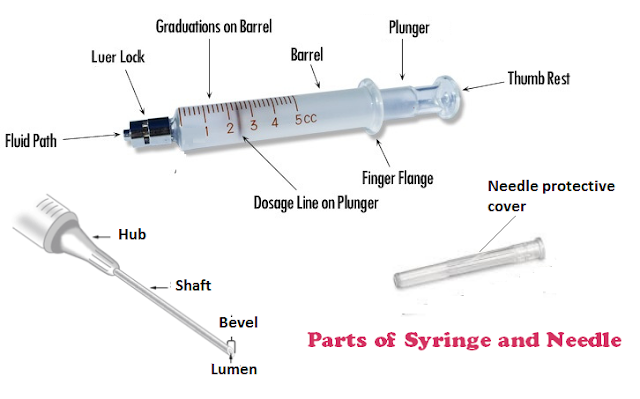



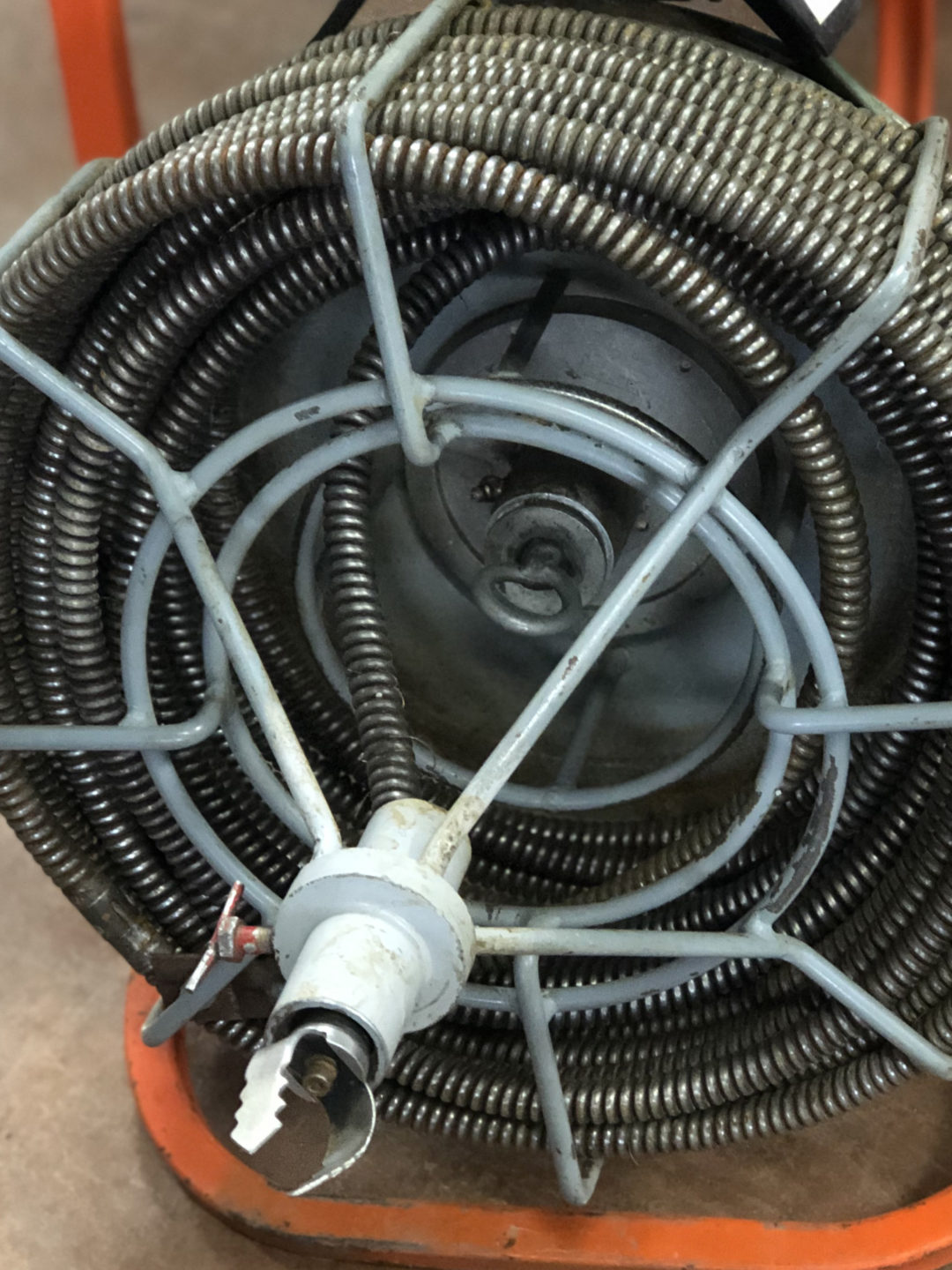





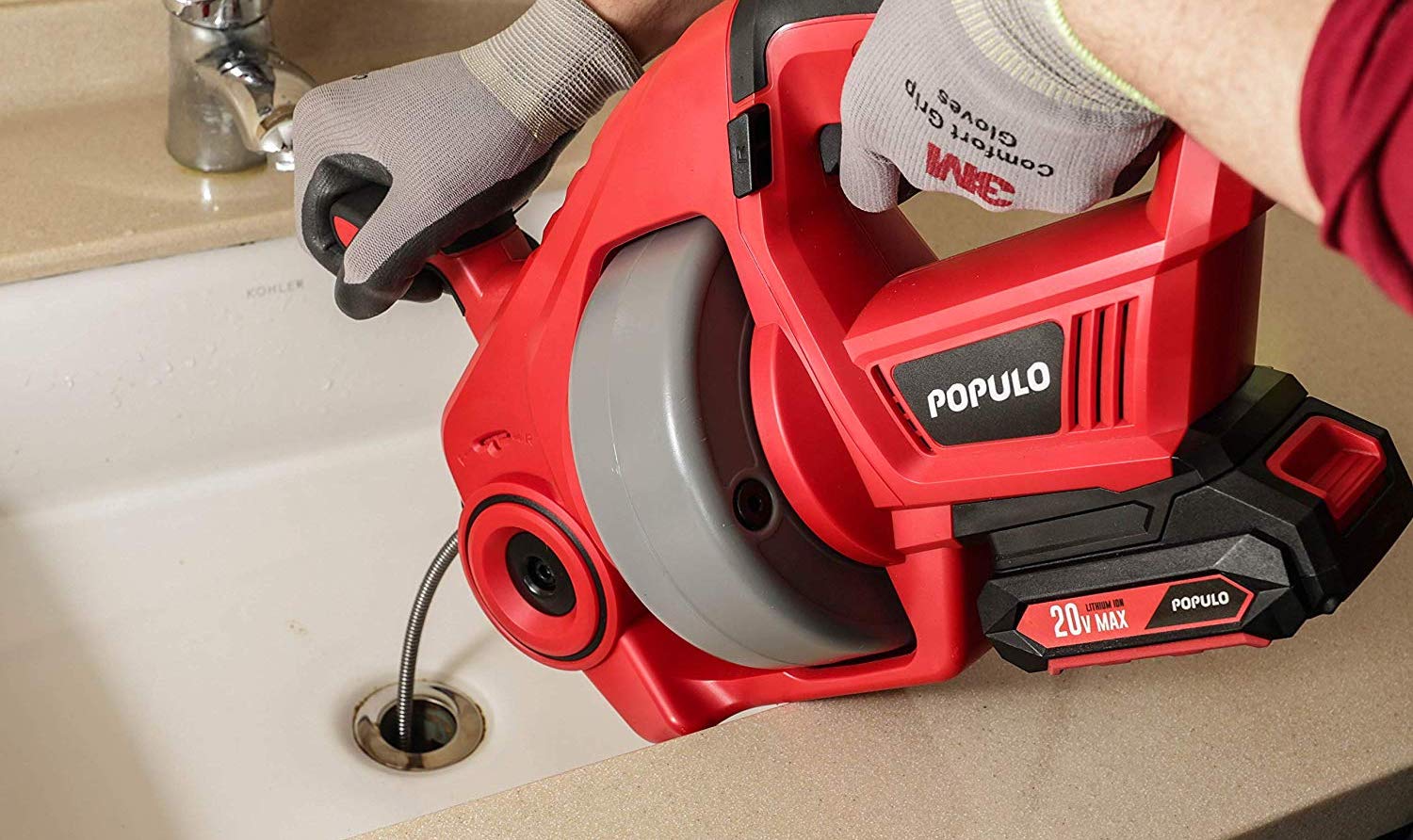
























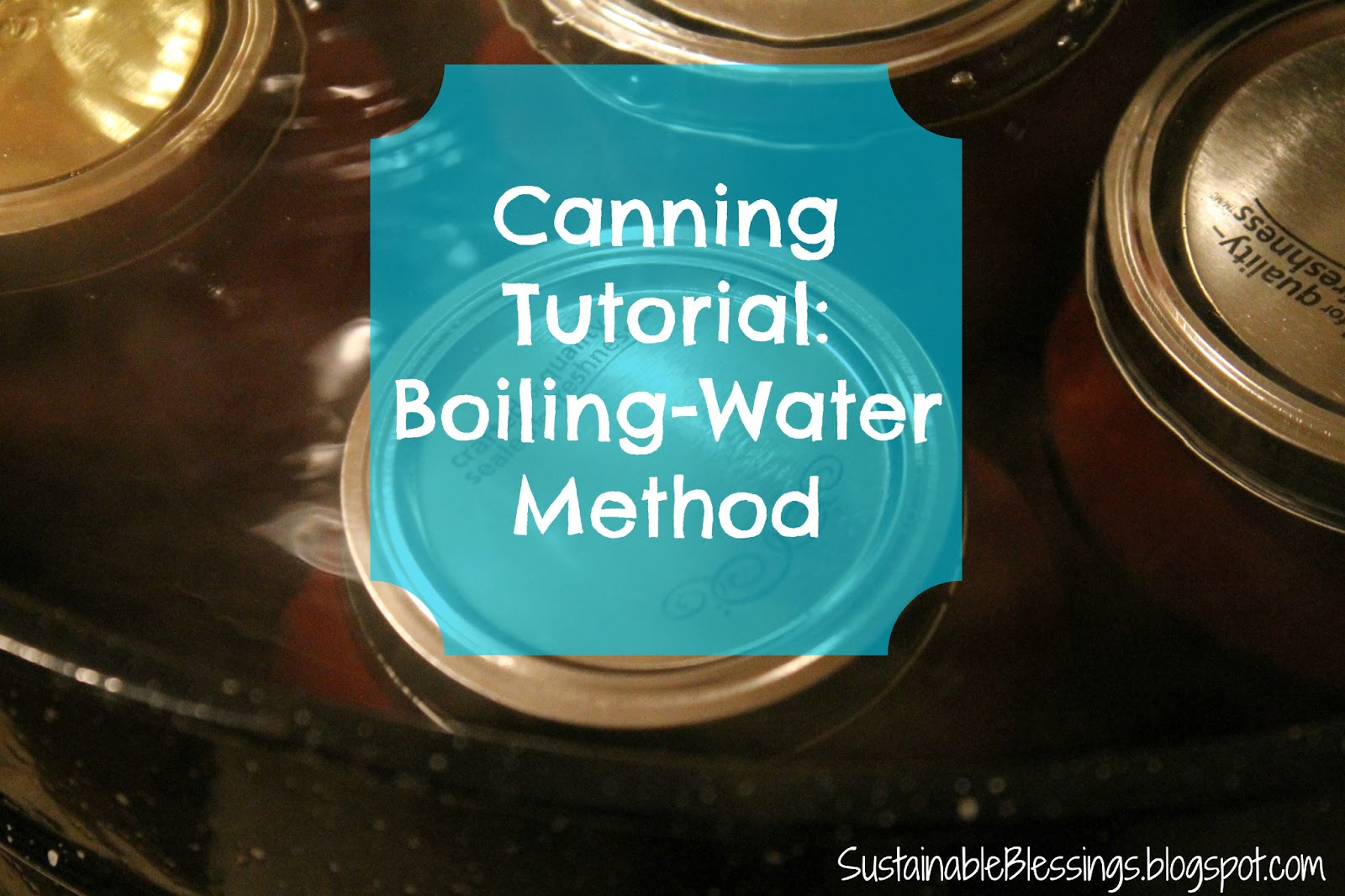









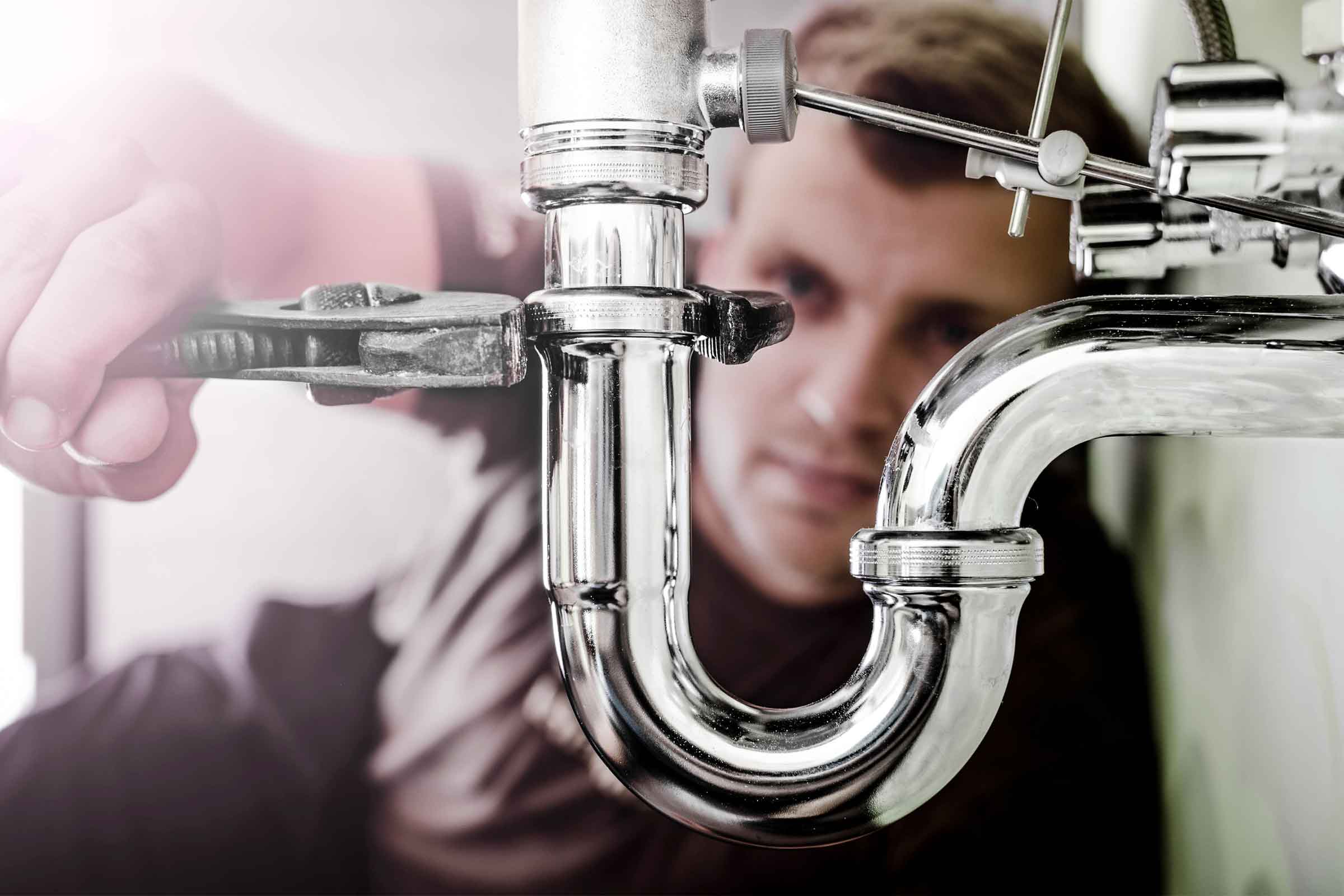







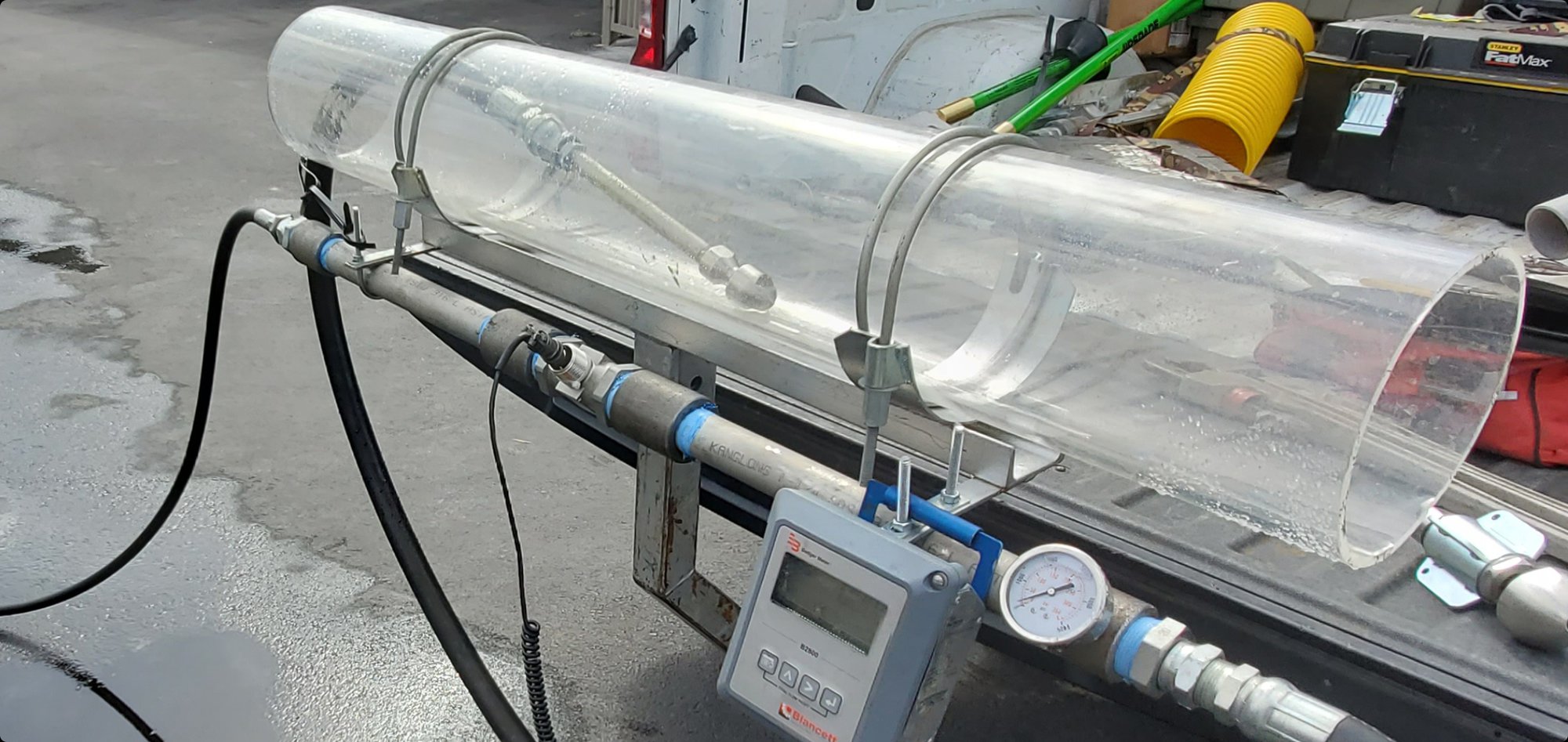

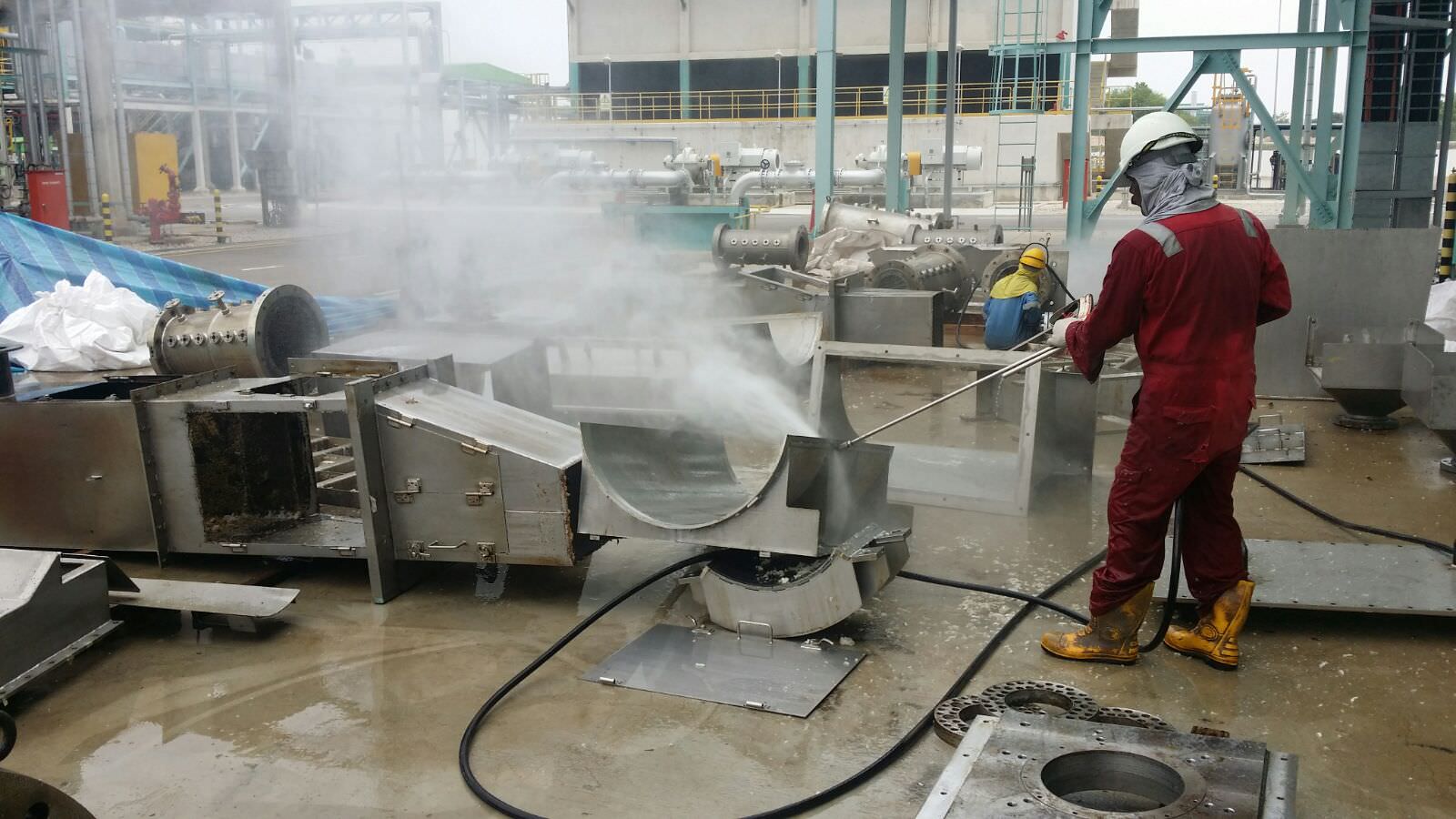












/GreenGobblerRefresh32oz-5bc63b0d4cedfd00266e4611.jpg)













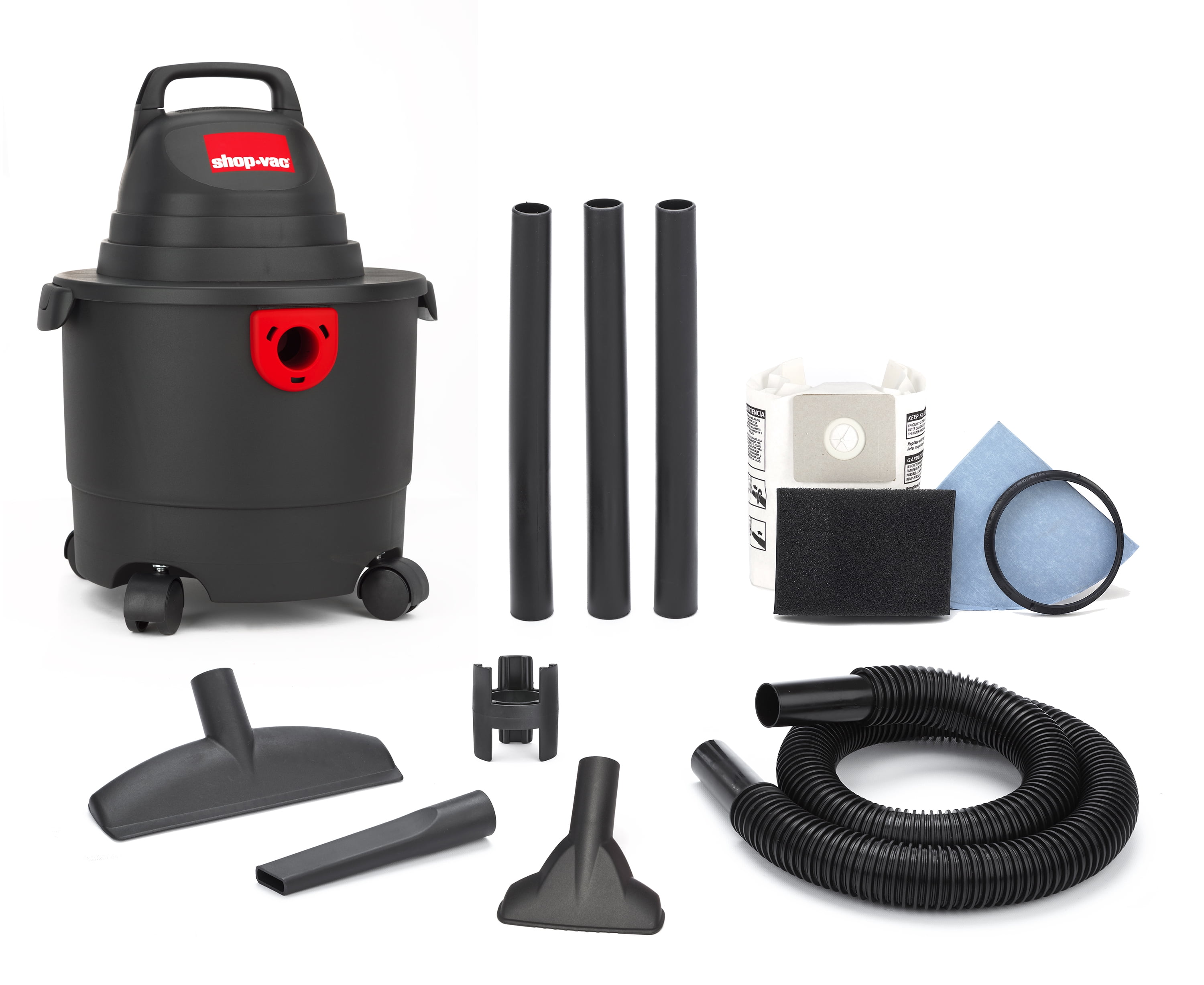


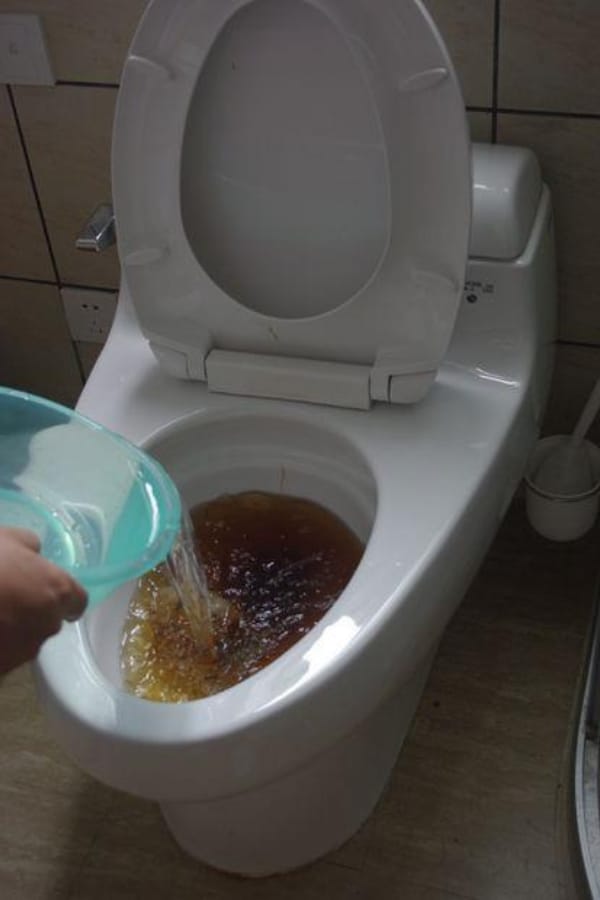
/GettyImages-80566571-5a1ca234aad52b00373338ff.jpg)


























